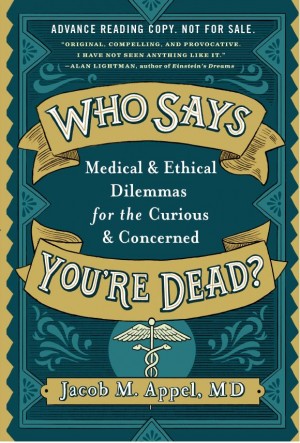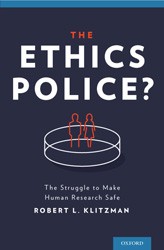The life of the 21st century doctor has grown ever more hectic. There are increased malpractice worries, insurance hassles, reimbursement cutbacks, and an overall emphasis to do more for patients with less time and fewer resources. Because of these external pressures, physicians may be more prone to diagnostic errors. Most of the time, the correct diagnosis is reached, but at important junctions, doctors may reach an erroneous conclusion, leading to an adverse outcome.
In his most recent book, How Doctors Think, Dr. Jerome Groopman offers insight into how medical decisions are made. Using case histories, Groopman enlightens on how physicians think in real time, the thought processes involved, and how as a patient the reader can help the physician arrive at the correct diagnosis. The reader is shown how doctors make mistakes, either by making snap judgments, having inadequate information, or ignoring important diagnostic clues. The book also shows how patients can get the most out of their encounters with their physician, by asking intelligent questions, accurately describing all their symptoms, and taking an interactive role in their medical care.
It seems that as the author encourages the patient to participate in his/her own care, and the physician to take extra time so as to not make a mistake, he is extending a concept from a Mishna from Hillel: “A bashful person cannot learn, and a quick, impatient person cannot teach.”





